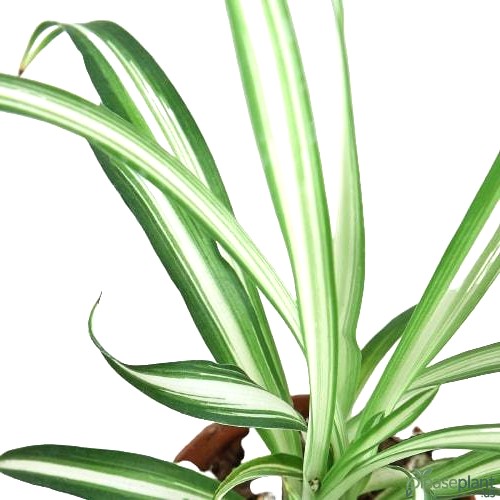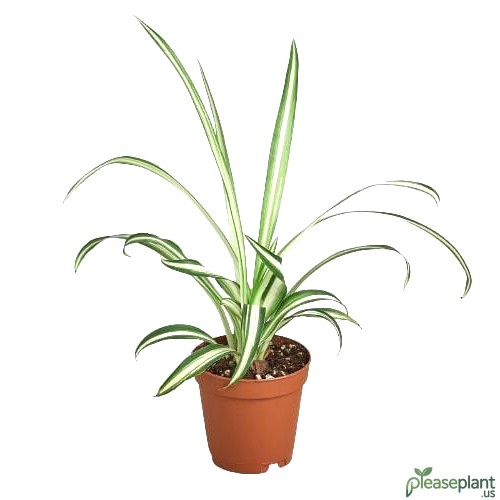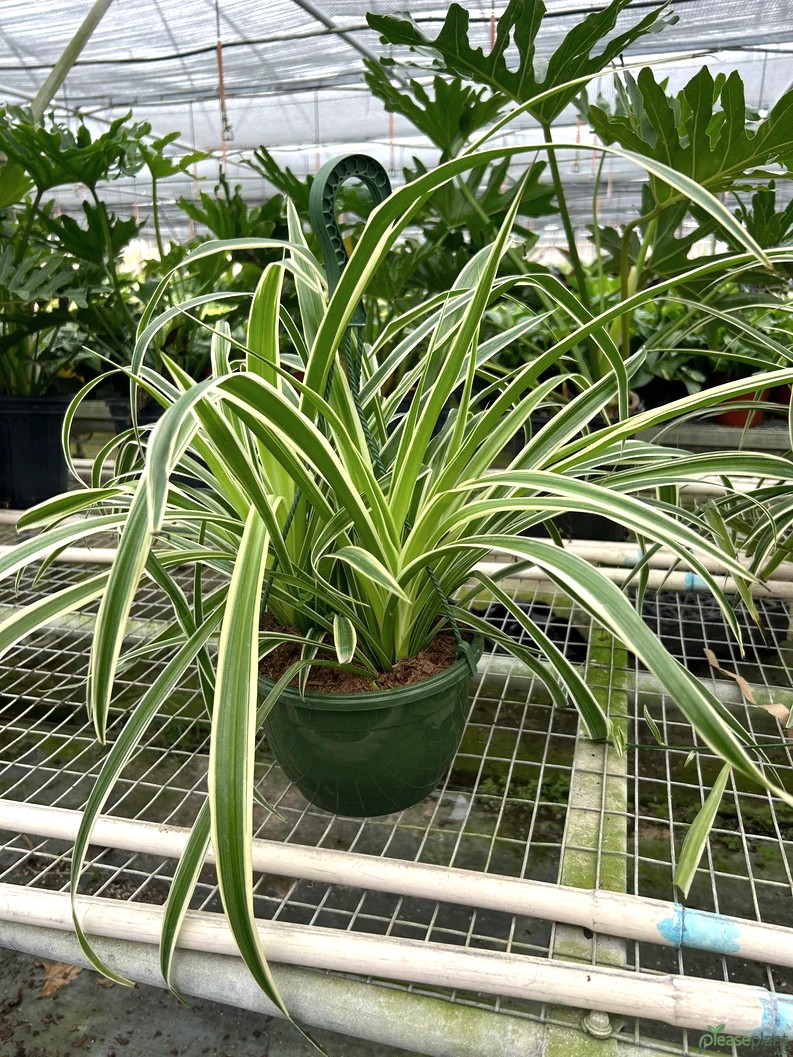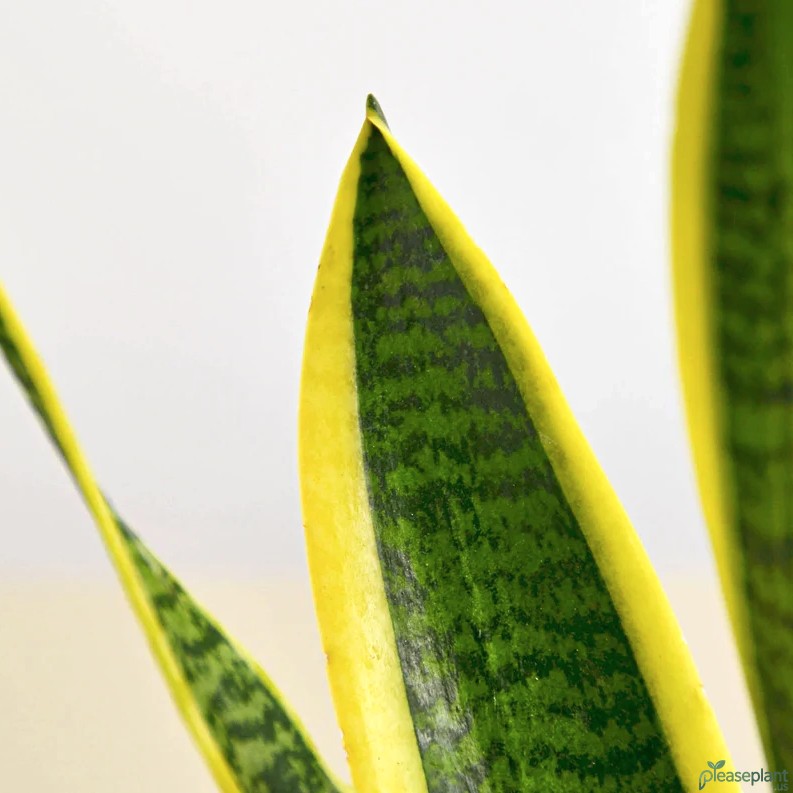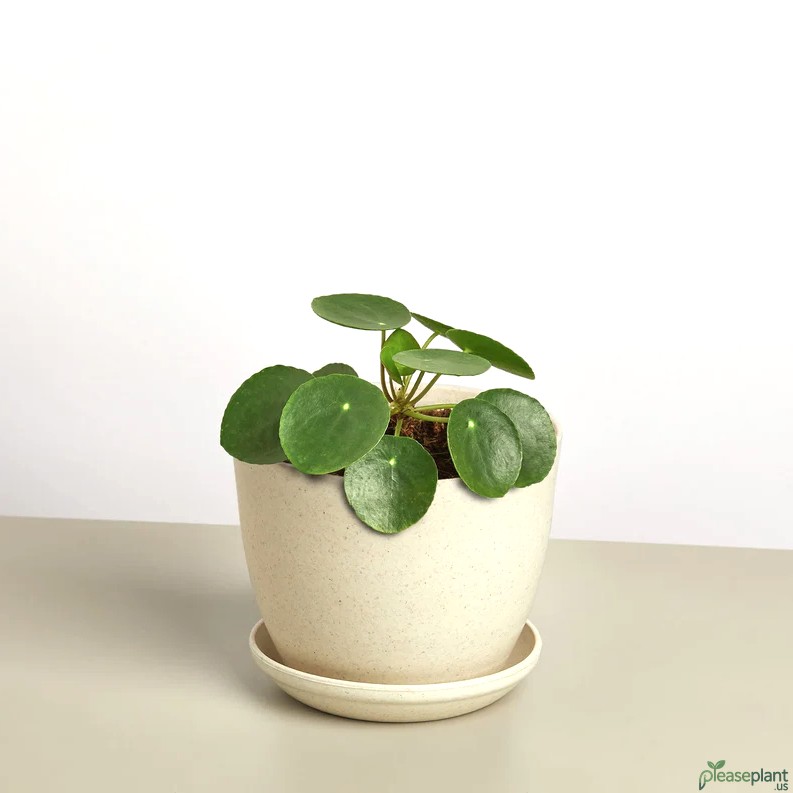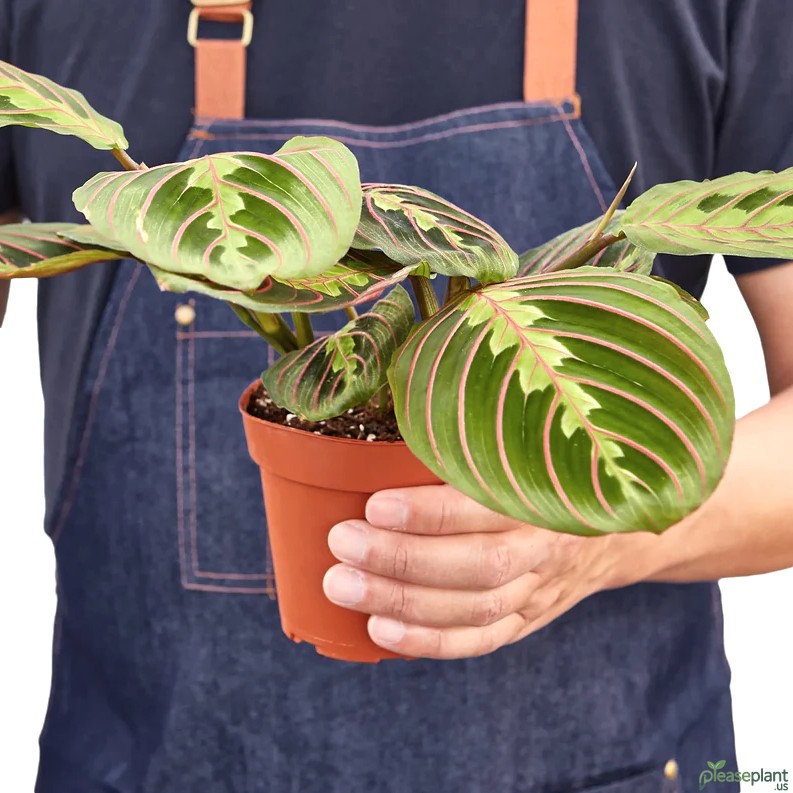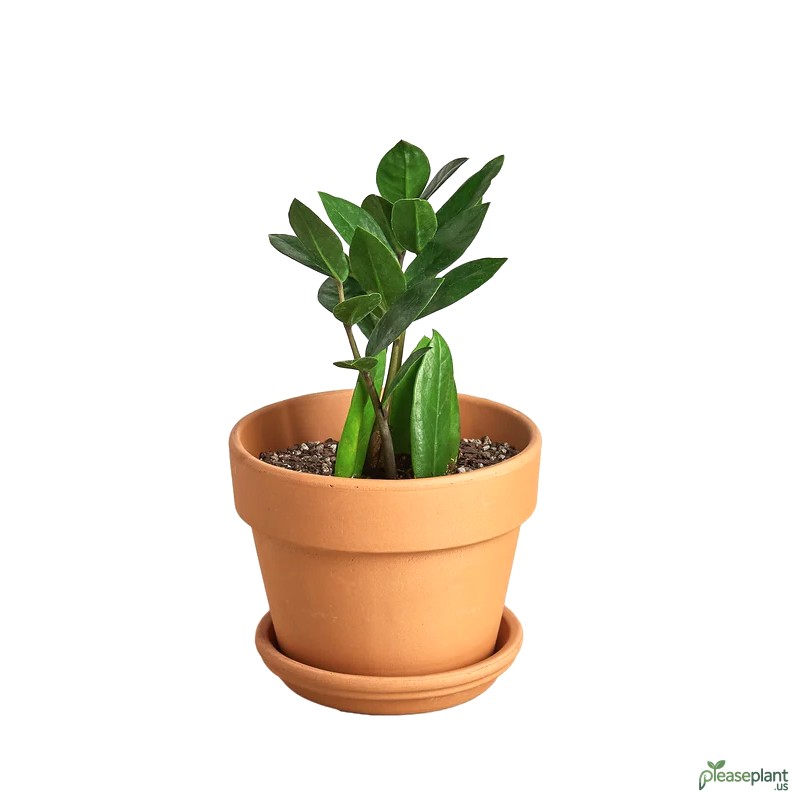Ever wondered why some Spider Plants look like they have a color personality swap? Meet the Reverse Spider Plant – a charming twist on the classic green and white beauty. This article digs into the intriguing color flip, what makes the reverse variety unique, and how to keep both thriving. Whether you’re a plant newbie or a seasoned green thumb, understanding these subtle differences can brighten your indoor garden and your mood. Let’s dive into the leafy world where green and white dance in unexpected harmony.
When the Spider Plant Decides to Flip the Script
You know that feeling when you look at something so common, yet it surprises you with a twist? That's the Reverse Spider Plant for you. If you’ve ever grown a classic spider plant, you’re used to those iconic green leaves edged with white stripes. But the reverse variety? It’s like the plant got its colors mixed up after a wild night out – white in the center, green on the edges. Mind-boggling? Absolutely. Gorgeous? Without a doubt.
Why Does the Color Flip Even Happen?
Now, don’t go blaming your watering skills or sunlight levels just yet. The reverse pattern is actually a natural genetic variation. Think of it as nature’s way of saying "Hey, I like to keep things interesting." Some folks call it the 'variegated personality switch,' though that's more my own invention. This color flip is more than just a visual trick – it can affect how the plant handles light and photosynthesis. The whiter center means less chlorophyll there, so the plant may be a bit more sensitive to direct sunlight than the classic type. So, if you’re showing off your reverse spider plant on a sunny windowsill, be ready to move it around a bit to avoid leaf burn.
Taking Care of Your Reverse Spider Plant: Same, But Different
Care-wise, the reverse spider plant is pretty chill, much like its classic cousin. It thrives in bright, indirect light but hates being scorched. Overwatering? A no-no for both types. Let the soil dry out a bit between waterings, or you’ll end up with root rot faster than you can say "plant parent fail." One fun tidbit: because of the whiter leaves, your reverse spider might need a tiny bit less light – it’s like a plant that prefers a cozy shade over a sunbathing session.
The Classic Spider Plant: Old Faithful
The classic spider plant, with its green edges and white center, has been a household staple for decades. It’s forgiving, resilient, and a superb air purifier. If you’re starting your indoor jungle, this one is a no-brainer. It’s usually a bit more robust in harsher light conditions and grows those adorable baby ‘spiderettes’ that you can propagate easily. But hey, don’t underestimate the reverse type – it’s got charm and uniqueness that’ll make any plant lover’s heart skip a beat.
Which One Should You Pick?
Choosing between the two is like picking between vanilla and vanilla with a twist of mint. Both are great, but it depends on your style and environment. If you want something a bit more eye-catching and don’t mind fiddling with light placement, the Reverse Spider Plant is your go-to. If you crave reliability and a tried-and-true companion, stick with the classic. Either way, you’ll be adding a splash of life and a breath of fresh air to your space.
Fun Fact to Impress Your Friends
Did you know the spider plant is also a champion at removing indoor pollutants like formaldehyde and xylene? So, whether classic or reverse, you’re not just decorating; you’re purifying your air in style. And hey, if you manage to keep those spiderettes growing like crazy, you might just become the neighborhood plant guru. Just don’t get too cocky if your plant flips its colors on you – even plants like to keep us on our toes sometimes!

